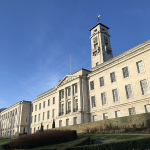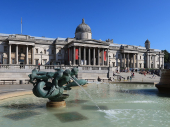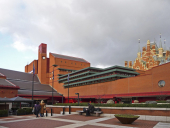
Greater Manchester leaders have announced a £1bn development programme featuring 30 projects designed to stimulate economic growth across all 10 boroughs of the city region.
The first phase of the GM Good Growth Fund is expected to deliver almost 3,000 new homes, create 22,000 jobs and provide two million square feet of commercial space. According to Mayor Andy Burnham, the public investment package is set to unlock a further £1.3bn in private funding.
Burnham said the region aimed to “pioneer a new model for economic growth” over the next decade, building on its status as the fastest-growing part of the UK economy. Greater Manchester’s annual growth rate stands at 3.1%—more than double the national figure—but much of the recent expansion has been concentrated in the city centre.
The new fund, which brings together a range of government-backed pots alongside £300m from the Greater Manchester Pension Fund, is intended to spread economic benefits more evenly across the conurbation. Some of the money will be issued as repayable loans, allowing it to be recycled into future schemes.
Town centres in focus
The initial £400m tranche will support major housing projects including Oldham’s Prince’s Gate and Wigan’s Cotton Works. It will also back a series of town centre regeneration schemes in Ashton-under-Lyne and Prestwich, and bolster Mayoral Development Zones in Stockport, Bolton, Leigh and Middleton.
Prestwich worker Bilal Sadiq, 31, welcomed the decision to invest £6.8m in new retail space and a community hub in the town. He said development outside Manchester city centre was overdue.
“You see all the skyscrapers going up in Manchester and wonder what’s being done for our local areas,” he said, adding that he hoped Oldham and Rochdale would see similar investment.
The programme also marks the beginning of a new strategic partnership between the Greater Manchester Combined Authority and the region’s Pension Fund—believed to be the first arrangement of its kind in the UK—to prioritise long-term, locally focused investment. Photo by Tom Faulkner, Wikimedia commons.


































